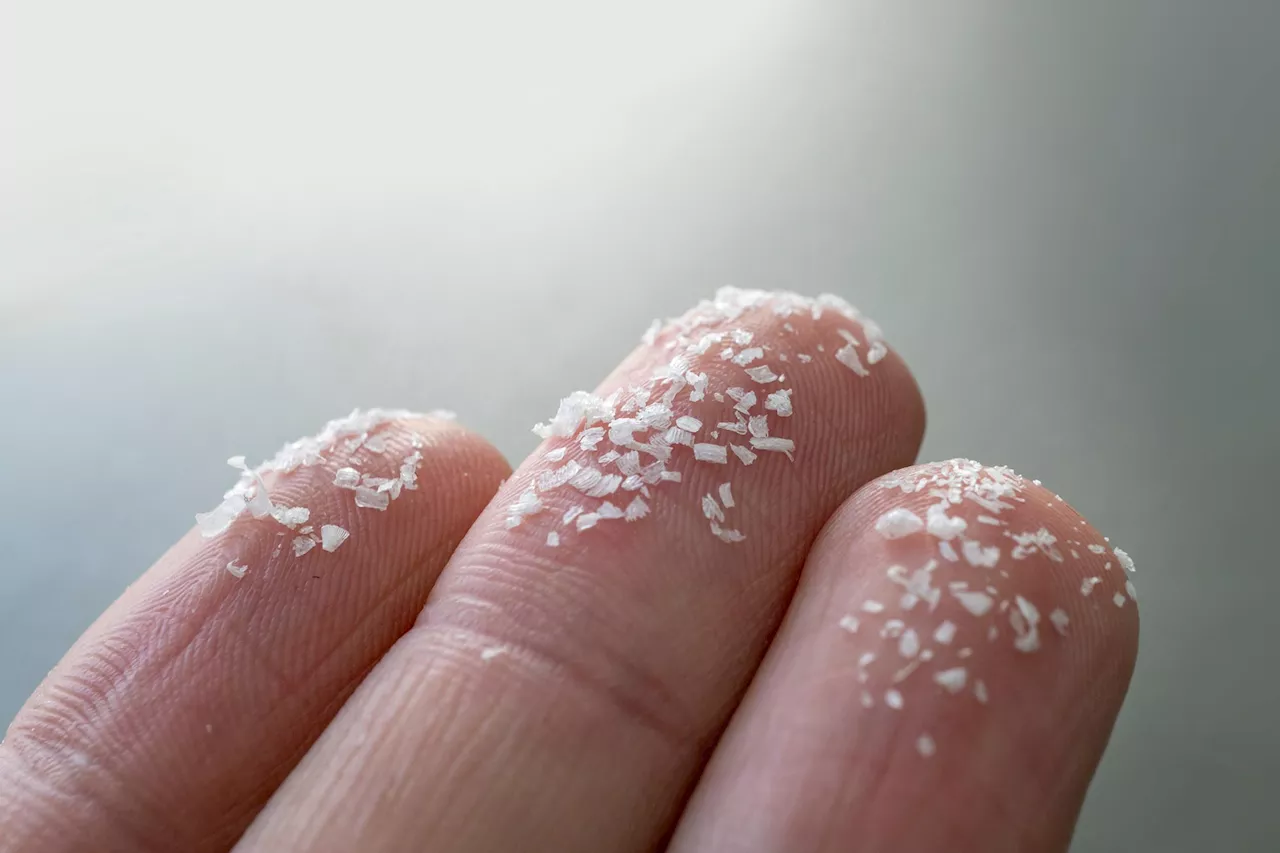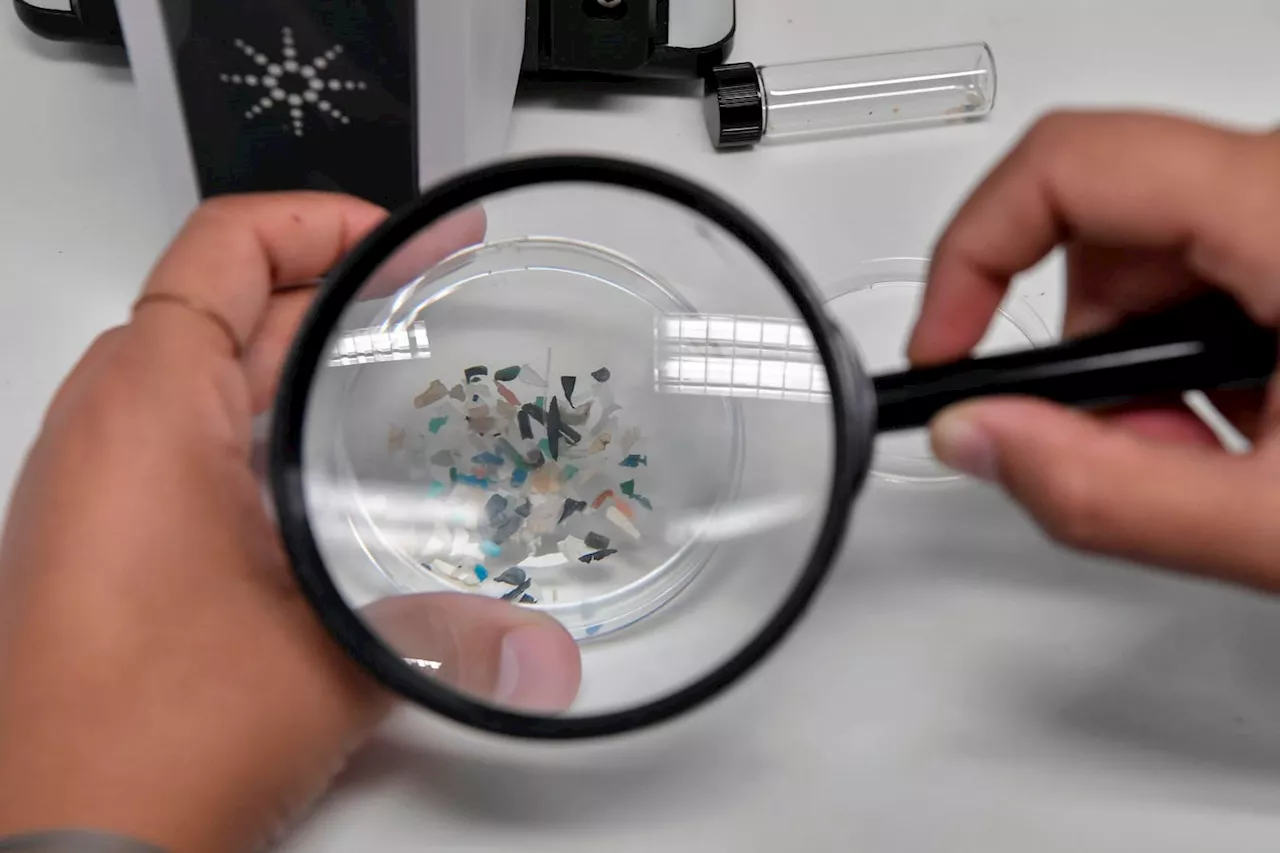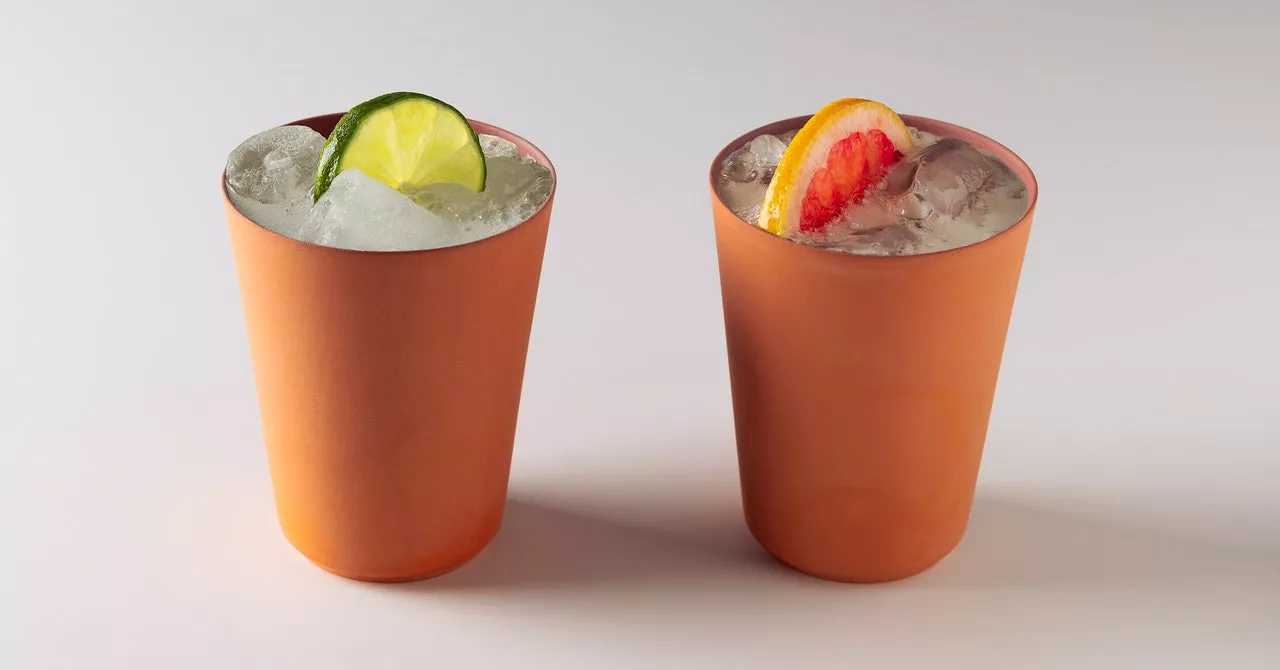The Best in Science News and Amazing Breakthroughs
Research led by the University of New Mexico looked at testicular tissue taken from both dogs and humans, finding microplastics in every sample, with an abundance almost three times higher in humans than in dogs.
The team found an average 122.63 micrograms of microplastics per gram of tissue in canines, and 329.44 micrograms per gram in people."When I first received the results for dogs I was surprised. I was even more surprised when I received the results for humans." Among the 12 different types of microplastics identified, the plastic polymer the researchers found the most of, in both dogs and humans, wasWhile the human tissue couldn't be tested for sperm count, the researchers did do this for the canine samples. They found higher levels of, and a variety of chemicals – though these PVC results seen in dogs would need to be replicated in men, of course, for us to understand whether the same thing was happening in people.
We're still not sure exactly how microplastics might affect the human body in the long term, though previous research has found links to, all of this synthetic, non-biodegradable material can't be doing any good. The question is whether or not it's already too late to do something
United States Latest News, United States Headlines
Similar News:You can also read news stories similar to this one that we have collected from other news sources.
 Breaking the Skin Barrier: Scientists Discover New Health Risks of MicroplasticsScience, Space and Technology News 2024
Breaking the Skin Barrier: Scientists Discover New Health Risks of MicroplasticsScience, Space and Technology News 2024
Read more »
 Scientists Confirm Exercise Slows Down The Perception of TimeThe Best in Science News and Amazing Breakthroughs
Scientists Confirm Exercise Slows Down The Perception of TimeThe Best in Science News and Amazing Breakthroughs
Read more »
 Couch potato kids more likely to have heart damageScientists says light physical activity can reverse the risk, say scientists.
Couch potato kids more likely to have heart damageScientists says light physical activity can reverse the risk, say scientists.
Read more »
 5 Ways To Reduce Your Microplastics Exposure In The “Plasticene” EraI am a practicing physician with over 20 years of experience in emergency care, research, innovation, health policy, value-based care, quality of care, entrepreneurship, and most recently, wellness and integrative medicine.
5 Ways To Reduce Your Microplastics Exposure In The “Plasticene” EraI am a practicing physician with over 20 years of experience in emergency care, research, innovation, health policy, value-based care, quality of care, entrepreneurship, and most recently, wellness and integrative medicine.
Read more »
 Groundbreaking hydrogel can remove microplastics from waterA newly developed hydrogel is going to create new ways for us to remove harmful microplastics from drinking water.
Groundbreaking hydrogel can remove microplastics from waterA newly developed hydrogel is going to create new ways for us to remove harmful microplastics from drinking water.
Read more »
 GaeaStar's 3D-Printed Clay Coffee Cups Are Disposable, but Can They Save Us From Microplastics?GaeaStar’s 3D-printed disposable clay cups are available in the US for the first time today, but only at Verve Coffee shops in San Francisco.
GaeaStar's 3D-Printed Clay Coffee Cups Are Disposable, but Can They Save Us From Microplastics?GaeaStar’s 3D-printed disposable clay cups are available in the US for the first time today, but only at Verve Coffee shops in San Francisco.
Read more »
